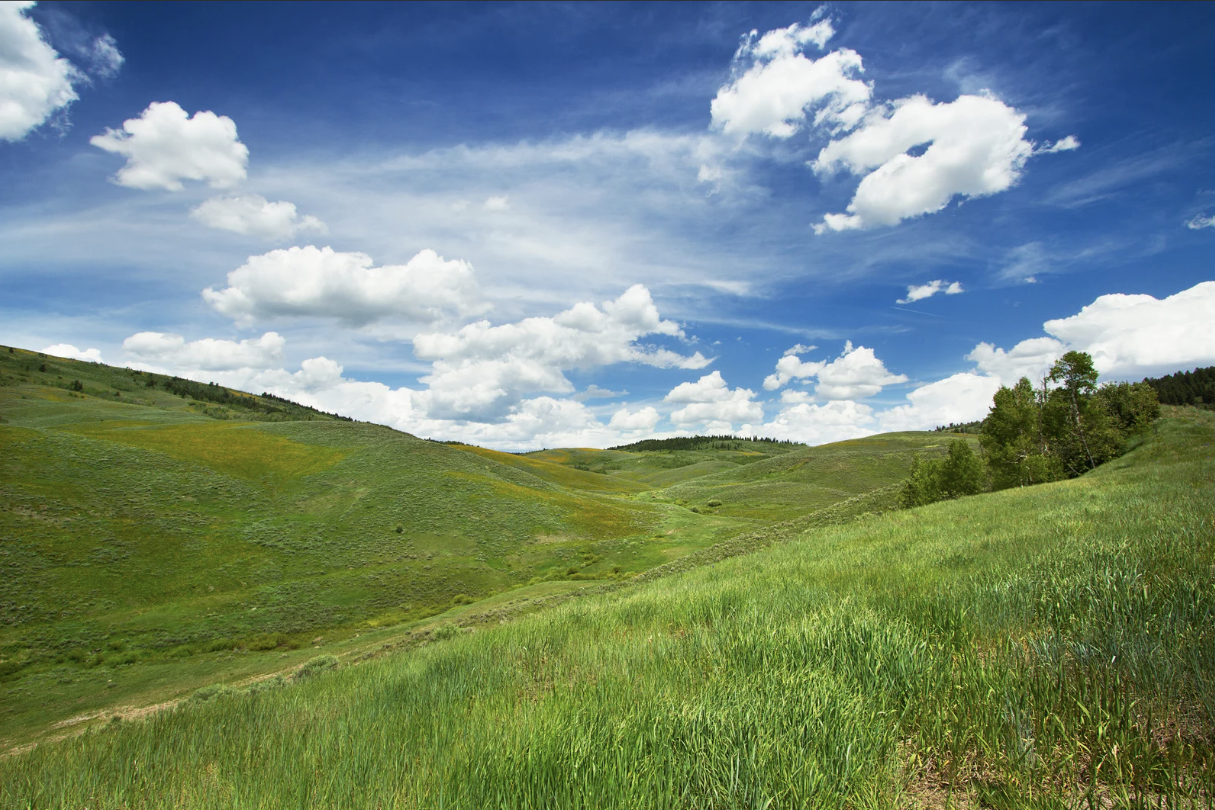Drawn In: The Invitation to Green Pastures
Some days, life feels like one long to-do list. We measure ourselves by how much we can check off, and rest becomes something we squeeze in only when everything else is finished. But Psalm 23 begins with something different.
The Shepherd invites us to lie down in green pastures, to walk beside still waters, and to be restored in ways that go deeper than a nap or a weekend away.
What if being drawn in is not a reward for finishing, but the starting point for everything else?
Rest as an Invitation
We usually think of rest as something we have to earn. We work hard, then we get to rest. But in this psalm, rest is not an afterthought. It is the first move of love.
I love how some translations say, “He makes me lie down,” while others say, “He lets me lie down.” One sounds like a command, the other like an invitation. I think it is both. God knows what our souls need. Sometimes we resist, but the Shepherd gently insists.
And notice where we are led. Not into thorn bushes or rocky ground, but into green pastures. Soft grass. A nourishing landscape. A place where our bodies and souls can exhale. I cannot think of a more intentional image. God is not dragging us into rest against our will. God is inviting us into a place of flourishing.
Still Waters
“He leads me beside still waters.”
The Shepherd does not push us into rushing streams or noisy crowds. The waters are still. Quiet. Peaceful. This is not about frantic movement or chaos. It is about being drawn into God’s presence in a way that calms our anxious thoughts and restores our perspective.
Still waters are not passive. They are alive with presence. They remind us that peace is possible, not when everything is fixed, but when we allow ourselves to be led into God’s quiet.
Restoration That Goes Deeper
There is a difference between relaxing and restoring.
Relaxing might look like curling up on the couch with a favorite show, pouring a glass of wine, or getting away for a weekend with friends. All of those things can be good and beautiful. But restoration is different. It touches something deeper. It renews us in ways entertainment and distraction cannot reach.
When the psalm says, “He restores my soul,” it points to the kind of healing that comes only when we allow ourselves to be fully present with God. Not performing. Not producing. Just being.
And this is where we bump up against our resistance. Because being restored requires slowing down long enough to notice what is really stirring inside us. It means being quiet long enough to hear what we often try to push aside. That can feel uncomfortable. But it is also where healing begins.
Jesus Modeled This Rhythm
If you look closely at the gospels, you’ll see Jesus step into this rhythm again and again. After moments of ministry or public teaching, he withdrew to solitary places. The Greek word often used here is eremos, which means wilderness, desert, or quiet retreat.
Before his public ministry began, Jesus spent time in the eremos…forty days of solitude, prayer, and deep communion with the Father. Many scholars believe that in that space, Jesus was not simply enduring temptation but also becoming deeply aware of his identity and calling.
This makes Jesus feel profoundly human to me. He did not bypass solitude. He didn’t avoid the quiet. He stepped into it. And in the stillness, he was drawn in, reminded of who he was and who he belonged to.
If the Son of God needed to step into quiet places to be restored, how much more do we?
Solitude and Silence
There’s a difference between solitude and isolation. Solitude is not about withdrawing from people to avoid them. It is intentional space, free from inputs, where we open ourselves to God’s presence.
And it is not just for introverts. According to John Mark Comer in his Podcast on Solitude, research shows that our openness to solitude actually correlates more with spiritual maturity than personality type. Which means all of us can learn to step into the quiet, even if it feels awkward at first.
Silence is part of this, too. External silence - getting away from noise and distraction, and internal silence - quieting the constant commentary in our minds. Together, they create space for God’s presence to rise above all the other voices competing for our attention.
When we allow ourselves to be drawn in, to green pastures and still waters, we begin to notice what we normally ignore. Fears. Hopes. Longings. Questions. Instead of trying to fix them, we let God meet us in them.
A Small Invitation for You
So here is a gentle invitation for today. Take a few minutes, even two or three. Step outside if you can. Breathe deeply. Whisper the words, “The Lord is my Shepherd.”
Notice what stirs in you. Notice what you resist. Notice what feels like relief.
Rest does not need to be long or elaborate to be holy. Sometimes it begins with the smallest pause. And in that pause, we begin to feel drawn in again.
Closing
Being drawn in is not about stepping away forever or ignoring the responsibilities of life. It is about remembering where we begin.
We begin in love.
We begin in rest.
We begin by allowing the Shepherd to lead us into green pastures and still waters.
This is where restoration begins.
(Next in the series: In the Middle: Trusting God When Nothing Feels Clear.)


